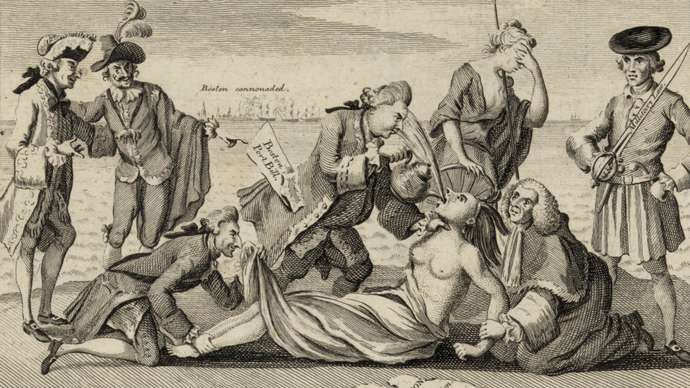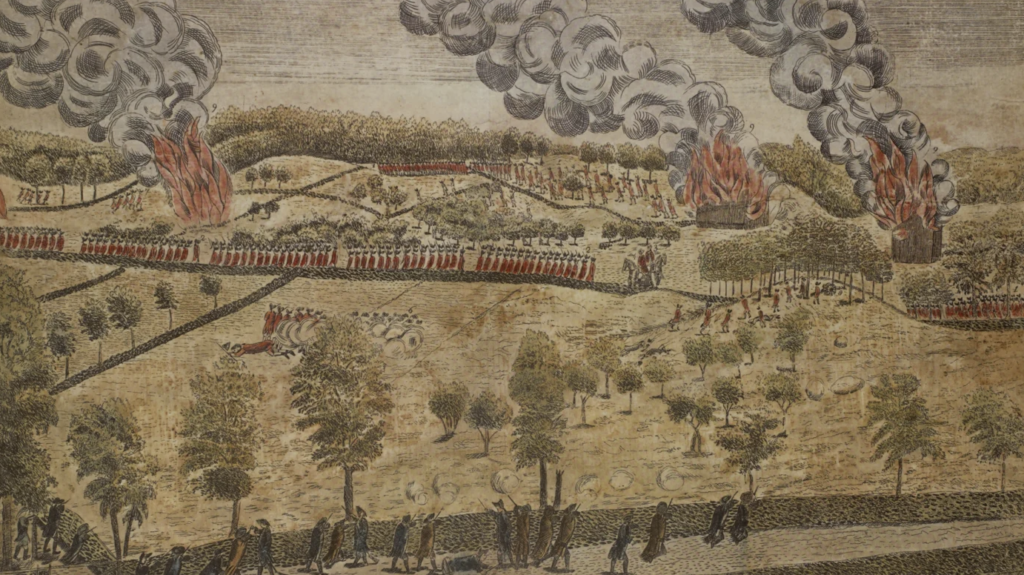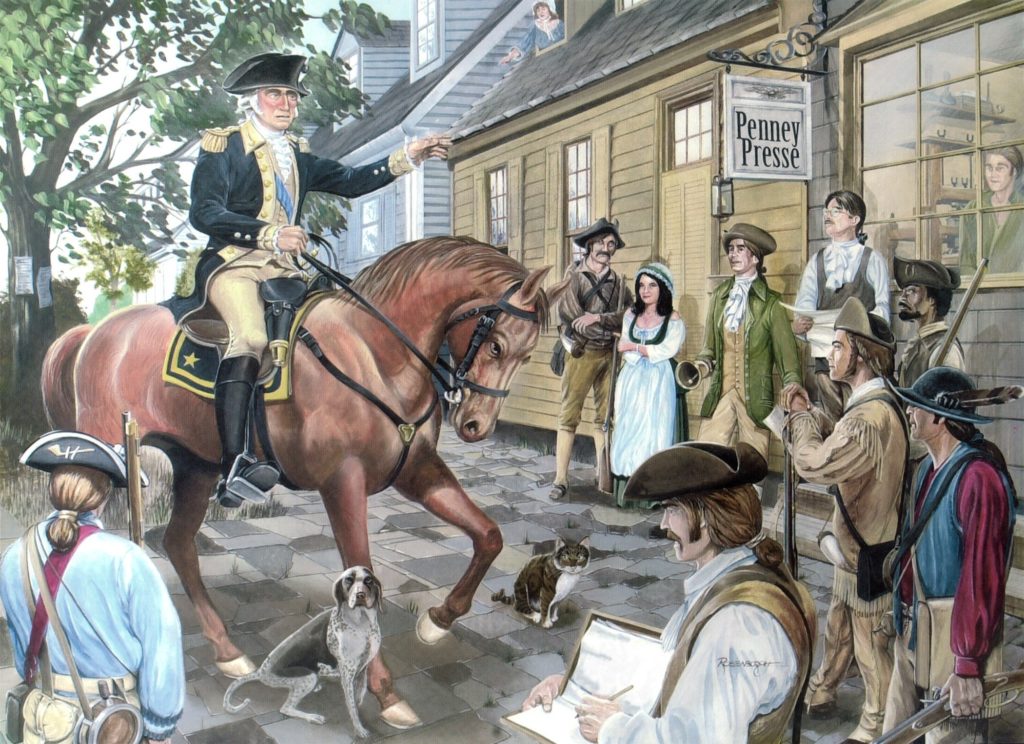The Creation of the U.S. Army
Since it was established on June 14, 1775, a year before the Declaration of Independence was signed, the U.S. Army has played a vital role in the growth and development of our nation. Continue reading to learn about the events that led to the creation of America’s first national institution.
The Intolerable Acts
After the Boston Tea Party, the British Parliament closed the Boston port to ships with the enforcement of the Boston Port Act, which took effect June 1, 1774. It was the first of the Coercive, or Intolerable Acts. These were five laws passed by the British Parliament to suppress resistance to its authority over the American colonies.
The second act, the Massachusetts Government Act of May 20, 1774, then stripped the colony of its independence. Many citizens of the 13 colonies viewed this act as the most shocking of the Intolerable Acts, and feared that the British Parliament might impose similar laws on each of the rest of the colonies.

Tensions increased when Lieutenant General Thomas Gage, the Commander in Chief of British forces in North America and Royal Governor of the Massachusetts Bay Colony, invoked a new law in October 1774 that dissolved the provincial assembly. Following this, colonists formed their own alternative government called the Massachusetts Provincial Congress, which controlled the entire colony outside of Boston and prepared for a possible military confrontation with the forces that occupied the capital.
Lt. Gen. Gage sent a military expedition on April 18, 1775 to seize and destroy all weapons and ammunition once he learned that the Massachusetts Provincial Congress was amassing stores of firearms in Concord, about 20 miles from Boston. In the wake of this, local militia and British troops at the village green in Lexington and at the Old North Bridge in Concord exchanged musket fire on April 19, 1775. This signaled the start of the Revolutionary War.

Following this, militia units and other volunteers from Massachusetts and other New England colonies gathered in Cambridge to form what became known as the New England Army of Observation. Together, they were able to put the British forces posted at Boston under siege. In the wake of this, the Massachusetts Provincial Congress looked to the Continental Congress, which convened on May 10, 1775 in Philadelphia, for assistance from the other 12 colonies of British America. After much discussion, the delegates resolved to create an army that would represent not just New England, but all of the British colonies on the continent of North America.
America’s First National Institution
On June 14, 1775, the Continental Congress passed the following resolution:
“Resolved, That six companies of expert riflemen [sic], be immediately raised in Pennsylvania, two in Maryland, and two in Virginia; … [and] that each company, as soon as completed [sic], shall march and join the army near Boston, to be there employed as light infantry, under the command of the chief Officer in that army.”
With this resolution, the Continental Congress adopted the New England Army of Observation, making it a “continental” army ( a united colonial fighting force) that could represent all 13 colonies with the addition of the troops from the three middle colonies. The Continental Army thus became America’s first national institution.
As a next step, George Washington was appointed Commander in Chief of Continental Army on June 19, 1775 because of his celebrated military record. Leaders also hoped that someone from Virginia could further unite the colonies.

After the Declaration of Independence was signed on July 4th, 1776 and Congress declared independence, the Continental Army and the militia in the service of Congress became known collectively as the Army of the United States, instead of the Army of the United Colonies.
Did you Enjoy This Content?
Please consider giving a gift to the U.S. Army & Special Operations Museum so we can continue our mission of engaging, educating and inspiring the public on the legacies of U.S. Army Airborne and Special Operations Soldiers.



